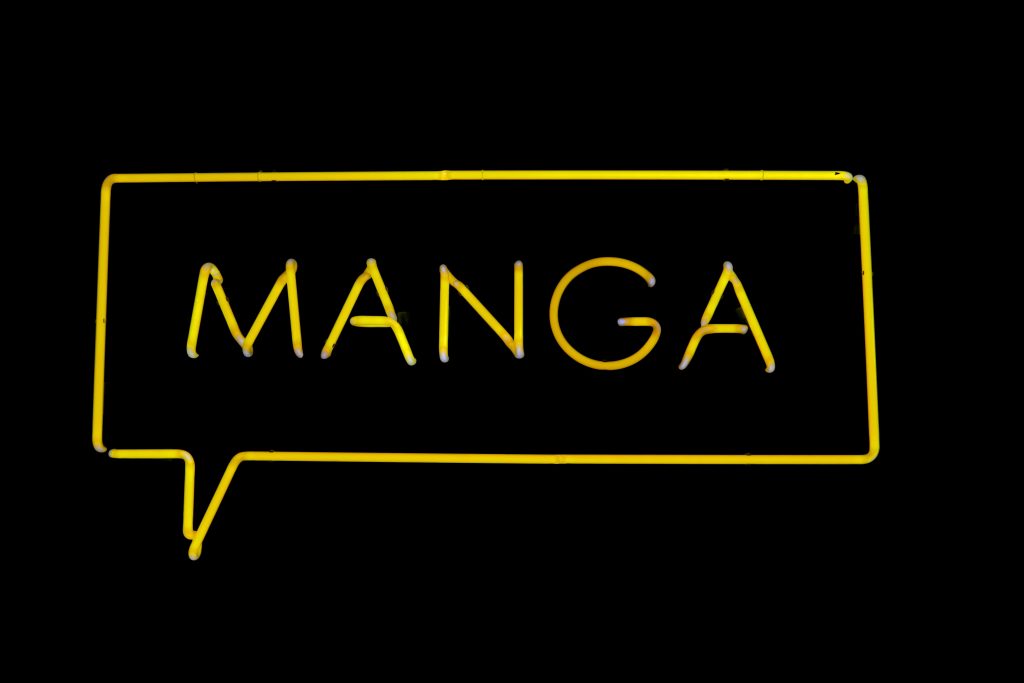
Anime and manga have become global phenomena, captivating audiences with their diverse storytelling, rich characters, and unique art styles. Originating from Japan, these forms of entertainment have transcended cultural boundaries, influencing various aspects of pop culture worldwide. In this article, we will delve into the world of anime and manga, exploring their history, cultural significance, and impact on the global entertainment industry.
The Origins and Evolution of Manga
Manga, the Japanese term for comics or graphic novels, has a rich history that dates back to the 12th century, with roots in early Japanese art and literature.
Historical Roots
Early forms of manga can be traced back to “emaki,” illustrated handscrolls that combined text and images to tell stories. These scrolls often depicted historical events, folklore, and religious tales. One of the earliest examples is the “Choju-jinbutsu-giga” (Animal Scrolls), created in the 12th century, which features humorous depictions of animals behaving like humans.
Modern Manga
The modern form of manga began to take shape in the late 19th and early 20th centuries. The influence of Western comics and cartoons, particularly during the post-World War II era, played a significant role in shaping manga as we know it today. Osamu Tezuka, often referred to as the “God of Manga,” revolutionized the medium with his work “Astro Boy” (Tetsuwan Atom) in the 1950s. Tezuka’s cinematic storytelling techniques and character designs set the standard for future manga artists.
Diverse Genres
Manga encompasses a wide range of genres, catering to various age groups and interests. Some popular genres include:
- Shonen: Targeted at young boys, featuring action-packed stories and themes of friendship and adventure. Notable examples include “Naruto,” “One Piece,” and “Dragon Ball.”
- Shojo: Aimed at young girls, focusing on romance, relationships, and personal growth. Popular titles include “Sailor Moon,” “Fruits Basket,” and “Ouran High School Host Club.”
- Seinen: Intended for adult men, often featuring more mature and complex themes. Examples include “Berserk,” “Attack on Titan,” and “Tokyo Ghoul.”
- Josei: Targeted at adult women, exploring romantic and personal relationships in a realistic manner. Notable works include “Nana,” “Honey and Clover,” and “Paradise Kiss.”
The Rise of Anime
Anime, the animated counterpart of manga, has become a significant part of Japanese culture and a major export to the global entertainment market.
Early Beginnings
The first Japanese animated film, “Namakura Gatana,” was created in 1917. However, it was not until the 1960s that anime began to gain widespread popularity, thanks to Osamu Tezuka’s “Astro Boy” TV series. Tezuka’s influence on the animation industry was profound, as he introduced limited animation techniques that made production more cost-effective.
Golden Age of Anime
The 1980s and 1990s are often considered the golden age of anime, with the release of numerous iconic series and films. Studio Ghibli, co-founded by Hayao Miyazaki and Isao Takahata, produced critically acclaimed films such as “My Neighbor Totoro,” “Princess Mononoke,” and “Spirited Away.” These films not only garnered international acclaim but also highlighted the artistic and storytelling potential of anime.
Popular Genres and Series
Anime, like manga, spans a wide range of genres, attracting diverse audiences. Some popular genres include:
- Mecha: Featuring giant robots and futuristic technology. Notable examples include “Mobile Suit Gundam,” “Neon Genesis Evangelion,” and “Code Geass.”
- Fantasy: Often set in imaginative worlds with magical elements. Popular titles include “Fullmetal Alchemist,” “Sword Art Online,” and “Re.”
- Slice of Life: Focuses on everyday experiences and personal relationships. Examples include “Clannad,” “March Comes in Like a Lion,” and “Your Lie in April.”
- Horror: Incorporating elements of suspense, supernatural, and psychological horror. Notable works include “Death Note,” “Tokyo Ghoul,” and “Paranoia Agent.”
Cultural Significance and Global Influence
Anime and manga have become integral parts of Japanese culture, reflecting societal values, issues, and trends. Their influence extends far beyond Japan, impacting global pop culture, fashion, and entertainment.
Cultural Reflection
Anime and manga often reflect Japanese societal norms, traditions, and contemporary issues. Series like “Naruto” and “My Hero Academia” emphasize values such as perseverance, friendship, and self-improvement. Meanwhile, works like “Akira” and “Ghost in the Shell” explore themes of technological advancement and its implications for society.
Global Reach
The global popularity of anime and manga has led to a significant cultural exchange. International fans embrace Japanese culture through conventions, cosplay, and fan communities. Streaming platforms like Crunchyroll, Funimation, and Netflix have made anime more accessible to a worldwide audience, further fueling its popularity.
Influence on Western Media
The impact of anime and manga on Western media is evident in various forms of entertainment. Western animated series like “Avatar: The Last Airbender” and “Teen Titans” draw heavily from anime aesthetics and storytelling techniques. Similarly, Hollywood has produced live-action adaptations of popular anime and manga, such as “Ghost in the Shell” and “Alita: Battle Angel,” though these adaptations often receive mixed reviews from fans.
Fashion and Merchandising
Anime and manga have inspired fashion trends and a thriving merchandising industry. Character-themed clothing, accessories, and collectibles are highly sought after by fans. Fashion brands frequently collaborate with popular anime series to create limited-edition items, blending contemporary fashion with anime aesthetics.
The Future of Anime and Manga
The future of anime and manga looks promising, with advancements in technology and evolving storytelling techniques paving the way for new and exciting developments.
Digital Revolution
The digital age has transformed the production and distribution of anime and manga. Digital platforms allow creators to reach global audiences instantly, while digital tools and software streamline the production process. Webtoons and digital manga, accessible via smartphones and tablets, are becoming increasingly popular, providing a new avenue for creators to share their work.
Virtual Reality and Augmented Reality
The integration of virtual reality (VR) and augmented reality (AR) technologies offers new possibilities for immersive storytelling. VR anime experiences allow fans to explore anime worlds and interact with characters in unprecedented ways. AR technology can enhance the reading experience of manga, adding interactive elements and bringing scenes to life.
Diverse Storytelling
As the global audience for anime and manga continues to grow, there is a demand for more diverse and inclusive storytelling. Creators are increasingly exploring different cultural perspectives, social issues, and unique narratives. This evolution promises to enrich the medium and attract even more fans worldwide.
Conclusion: The Enduring Appeal of Anime and Manga
Anime and manga have transcended their Japanese origins to become beloved forms of entertainment worldwide. Their rich storytelling, diverse genres, and unique art styles captivate audiences of all ages and backgrounds. As technology advances and global connectivity increases, the influence of anime and manga will continue to expand, inspiring new generations of creators and fans.
The cultural significance of anime and manga cannot be overstated. They reflect societal values, address contemporary issues, and offer a glimpse into the human experience through imaginative and compelling narratives. Whether through the pages of a manga or the frames of an anime, these art forms continue to enrich our lives and connect us across cultures, reminding us of the power of storytelling and the limitless potential of the human imagination.
